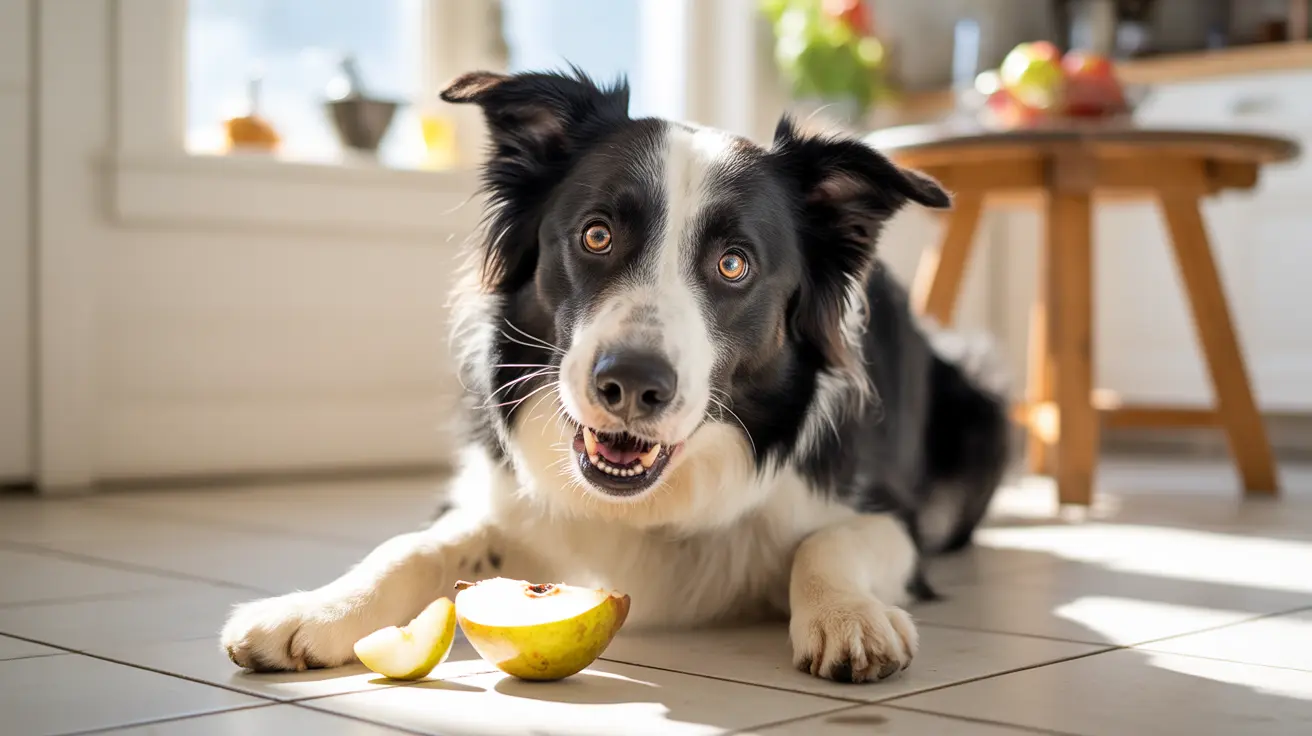Recognizing Parvovirus in a Dog's Stool: Symptoms and Signs
When it comes to keeping our canine companions healthy, understanding changes in their stool is crucial. One of the most alarming signs a pet owner may notice is blood or mucus in dog poop—a symptom that could indicate canine parvovirus, among other issues. In this article, we'll explain what parvovirus poop looks like, explore additional symptoms, and outline when veterinary care is urgently needed.
What is Parvovirus?
Canine parvovirus is a highly contagious and potentially deadly viral disease that primarily affects puppies and young dogs. It attacks rapidly dividing cells, especially in the intestines, leading to severe gastrointestinal distress, immune suppression, and in some cases, death.
Typical Appearance of Parvovirus Poop
Stool from a dog infected with parvovirus exhibits distinct characteristics:
- Bloody diarrhea: One of the hallmark symptoms. The blood is often bright red, indicating fresh bleeding from the lower digestive tract, or black and tarry if it's digested blood from upper GI bleeding.
- Gelatinous or jelly-like texture: Due to the presence of mucus, which is secreted in response to inflammation and irritation in the colon.
- Foul odor: Parvo poop frequently has an extremely offensive smell, far worse than typical dog feces.
- Liquid consistency: The stool is generally very loose or completely watery, a sign of severe diarrhea and dehydration.
Other Symptoms to Watch For
In addition to changes in stool, dogs with parvovirus typically show other systemic signs:
- Vomiting: Often severe and frequent, further contributing to fluid loss.
- Lethargy: Dogs may appear unusually tired or uninterested in normal activities.
- Loss of appetite: A sudden unwillingness to eat, even favorite foods.
- Pain or abdominal discomfort: Dogs may cry, whine, or resist being touched.
- Weight loss: Rapid deterioration due to fluid loss and reduced food intake.
- Dehydration: Signs include dry gums, sunken eyes, and skin that doesn’t quickly return to normal when pinched.
How Does Parvovirus Spread?
Parvovirus spreads through contact with infected feces—directly or indirectly. The virus is highly resilient and can survive in the environment for months. Dogs can contract it by sniffing, licking, or stepping in contaminated areas.
Common Causes of Bloody and Mucus-Filled Stool
While parvovirus is serious, other more benign reasons for abnormal dog poop include:
- Dietary indiscretion: Eating spoiled or unfamiliar food.
- Parasites: Such as hookworms or Giardia.
- Food intolerance or allergies
- Stress-induced colitis
- Minor bacterial infections
However, persistent or severe symptoms always merit professional evaluation.
When to Seek Veterinary Help
Immediate vet care is crucial if you notice:
- Profuse, bloody, or tarry diarrhea
- Jelly-like, mucus-covered stool
- Vomiting in combination with diarrhea
- Signs of dehydration
- Lethargy or confusion
- Symptoms in puppies or senior dogs
Diagnosis and Treatment
Parvovirus is diagnosed through a combination of clinical signs and lab tests, including:
- Stool tests: To detect parvovirus antigens or rule out parasites.
- Blood work: To assess dehydration and immune status.
- Imaging: X-rays or ultrasounds to rule out obstruction.
Treatment typically includes:
- Hospitalization: For IV fluids, medications, and monitoring.
- Antiemetics and antibiotics: To control vomiting and treat secondary infections.
- Nutritional support: Through syringe feeding or feeding tubes if needed.
Preventing Parvovirus
Prevention is key due to the severity of this illness:
- Vaccination: Puppies should receive their full series and boosters.
- Good hygiene: Disinfect areas where infected dogs have been.
- Isolation: Puppies and unvaccinated dogs should avoid public spaces.
- Consistent diet: Avoiding sudden switches or table scraps.
- Routine deworming: Helps prevent multiple GI problems.
Final Thoughts
Parvovirus in dogs is a medical emergency. Recognizing the signs—especially bloody, jelly-like poop—is crucial for early intervention. While other conditions can cause similar symptoms, when in doubt, consult a veterinarian immediately.





